Introduction
The industrial screw pump is a type of positive displacement pump widely used in various industries for the efficient and reliable transport of fluids. Its history dates back to the 19th century, and over time, it has evolved to handle a wide range of fluids, from low-viscosity liquids to highly viscous oils. The pump's ability to provide a constant flow rate under varying pressure conditions makes it essential in sectors such as oil and gas, chemical processing, food production, and wastewater management.
Basic Principles of Screw Pumps
Positive Displacement Principle
A screw pump operates on the positive displacement principle, which means that fluid is trapped in discrete cavities formed between the screw threads and the pump casing. As the screw rotates, these cavities move from the suction side to the discharge side, carrying fluid continuously. Unlike centrifugal pumps, screw pumps generate flow independent of the system pressure, which allows for stable operation even under high resistance conditions.
Flow Characteristics
The flow rate of a screw pump is directly proportional to its rotational speed. This characteristic ensures a constant and pulse-free flow, which is highly desirable for applications that require precise fluid metering. Because the pump moves fluid volumetrically, variations in viscosity have minimal impact on the flow rate, making screw pumps suitable for handling thick, viscous fluids.
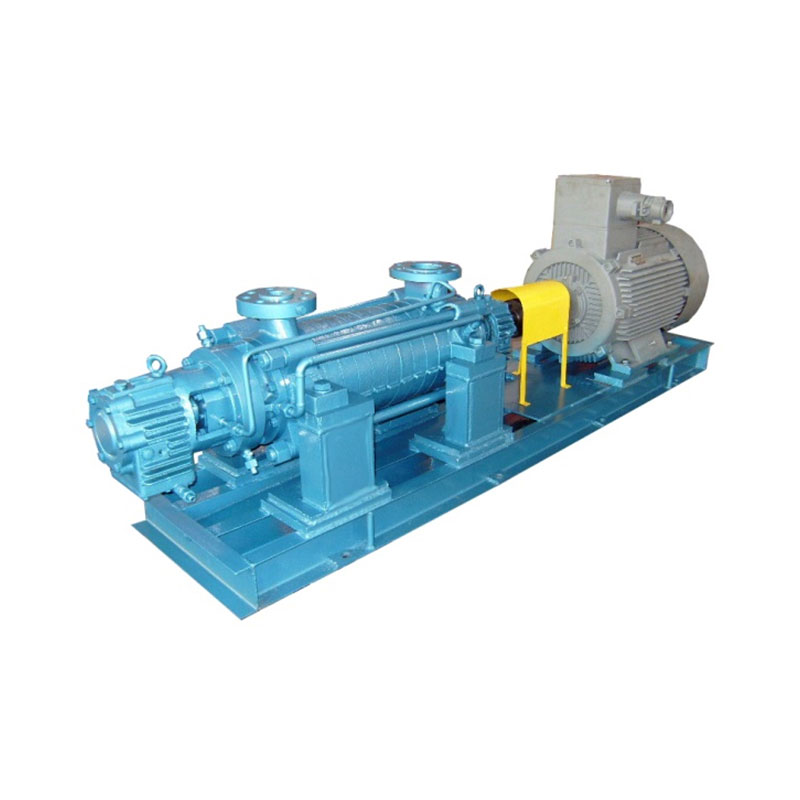
Pressure Generation
Screw pumps are capable of developing high discharge pressures at low rotational speeds. This is achieved by the tight tolerances between the screw and the casing, which create a sealed pumping chamber. The pump can thus efficiently transport viscous liquids without significant energy loss or cavitation, ensuring reliable operation in demanding industrial applications.
Types of Industrial Screw Pumps
Single-Screw Pump
The single-screw pump consists of a main screw and a fixed internal gear or idler. As the screw rotates, it traps the liquid and moves it axially from suction to discharge. This type is particularly suitable for transporting high-viscosity fluids and liquids containing solids. Single-screw pumps are commonly used in wastewater, sludge, and heavy oil applications.
Twin-Screw Pump
The twin-screw pump features two intermeshing screws that rotate in opposite directions. The meshing action creates sealed cavities that transport the fluid. Twin-screw pumps provide low-pulsation flow, making them ideal for precise dosing and metering of chemicals, oils, and other sensitive fluids. Their symmetrical design reduces vibration and noise during operation.
Three-Screw Pump
The three-screw pump consists of a central driving screw and two idler screws. This configuration is widely used in the petroleum and lubrication industries. The three-screw design offers high efficiency, low maintenance, and the ability to handle viscous and shear-sensitive fluids, making it ideal for hydraulic oils, crude oil transfer, and fuel oil applications.
Design and Components
Screws
The screw geometry, including diameter, pitch, and number of starts, directly affects the pump's flow capacity and efficiency. Materials such as stainless steel, bronze, or alloy steels are commonly used for screws to provide wear resistance, corrosion resistance, and durability under high-pressure conditions.
Pump Casing
The casing design ensures a sealed pumping chamber that prevents leakage and maintains pressure. Casings are often made from cast iron, steel, or stainless steel depending on the fluid properties and operating conditions. Precision machining is critical to maintain tight tolerances and minimize internal leakage.
Bearings and End Plates
Bearings and end plates support the screws and maintain alignment, reducing friction and wear. They also help distribute axial and radial loads generated during operation, ensuring smooth performance over extended periods.
Sealing System
The sealing system prevents fluid leakage along the pump shaft. Common methods include mechanical seals, lip seals, and packing. Proper selection of sealing technology is crucial for safe and efficient operation, especially when handling hazardous or high-pressure fluids.
Operation and Performance
Startup and Shutdown Procedures
Proper startup and shutdown procedures are essential to prevent dry running and premature wear. Pumps must be filled with fluid before operation, and lubrication systems should be checked. Controlled ramp-up of rotational speed helps avoid sudden pressure surges that could damage the pump or piping system.
Flow Rate and Pressure Control
Flow rate and pressure can be regulated through pump speed adjustment, variable frequency drives (VFDs), or control valves. Screw pumps maintain steady flow even when system pressure fluctuates, providing reliable performance in dynamic process conditions.
Handling Different Fluids
Screw pumps are versatile and can handle a wide range of fluids, including:
- High-viscosity oils and syrups
- Liquids containing gas or air bubbles
- Fluids with suspended solids or fibers
Maintenance and Troubleshooting
Routine Maintenance
Regular maintenance ensures longevity and reliability. Key activities include:
- Checking and replenishing lubrication
- Inspecting seals and replacing worn components
- Monitoring bearing temperatures and vibration levels
Common Problems
Frequent issues include:
- Excessive noise due to misalignment or wear
- Leakage from worn seals or gaskets
- Reduced flow due to screw or casing wear
Troubleshooting Tips
Problems can often be resolved by:
- Replacing worn screws or bearings
- Adjusting clearances or alignment
- Ensuring proper fluid properties and operating conditions
Applications in Industry
Screw pumps are used extensively across industries due to their versatility and reliability.
| Industry | Application | Fluid Type |
|---|---|---|
| Oil & Gas | Crude oil transfer, fuel oil handling | High-viscosity hydrocarbons |
| Chemical | Dosing of chemicals, polymer transfer | Corrosive or viscous liquids |
| Food & Beverage | Syrup, chocolate, and paste pumping | Viscous, shear-sensitive fluids |
| Wastewater | Sludge transfer, thick liquid pumping | Solids-laden liquids |
Advantages and Limitations
Advantages
- High efficiency for viscous fluid transport
- Constant flow rate with low pulsation
- Ability to handle fluids with solids
- Minimal shear damage to sensitive fluids
Limitations
- Sensitive to large solid particles that may damage screws
- Higher initial cost compared to some centrifugal pumps
- Complex design requiring precise manufacturing
Future Trends
Modern screw pumps are evolving to meet industrial demands for energy efficiency, reliability, and digital monitoring. Future trends include:
- Integration with smart monitoring systems and IoT for predictive maintenance
- Development of new materials for screws and seals to improve lifespan and corrosion resistance
- Energy-saving designs with optimized screw geometry and reduced friction losses


 English
English русский
русский عربى
عربى

.jpg)
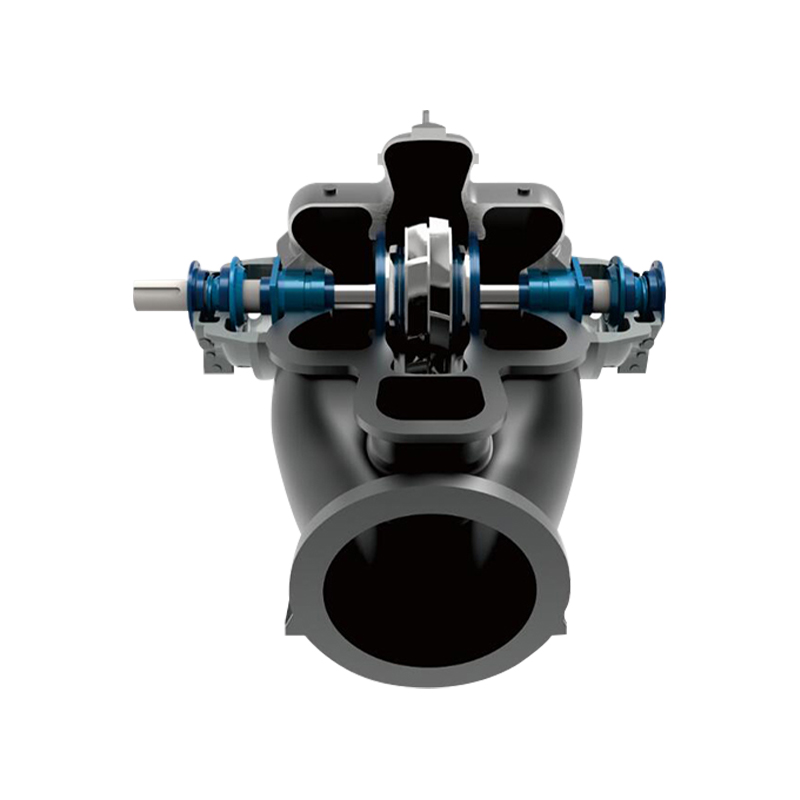
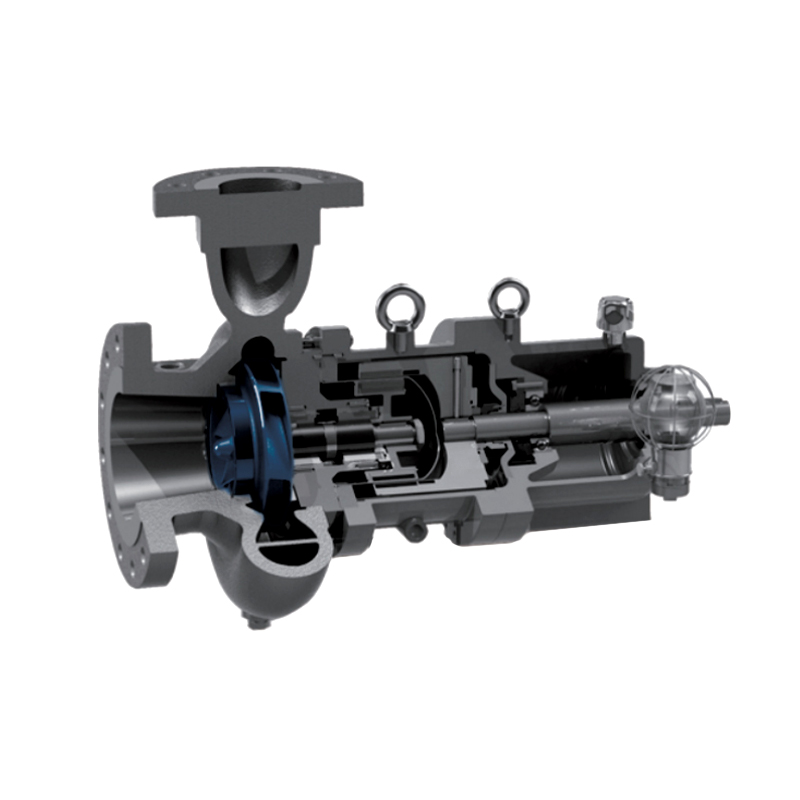
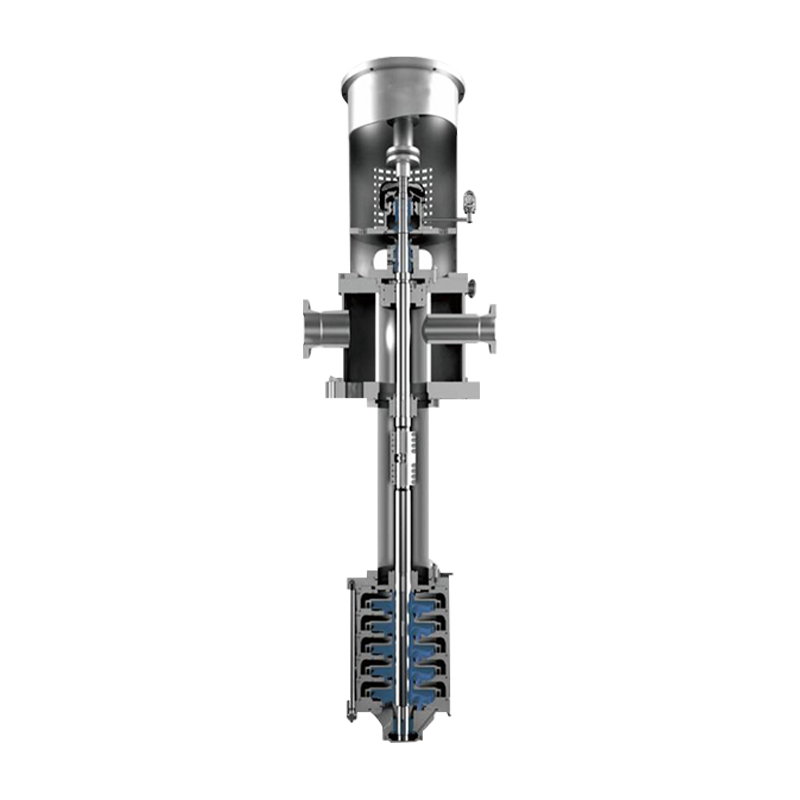
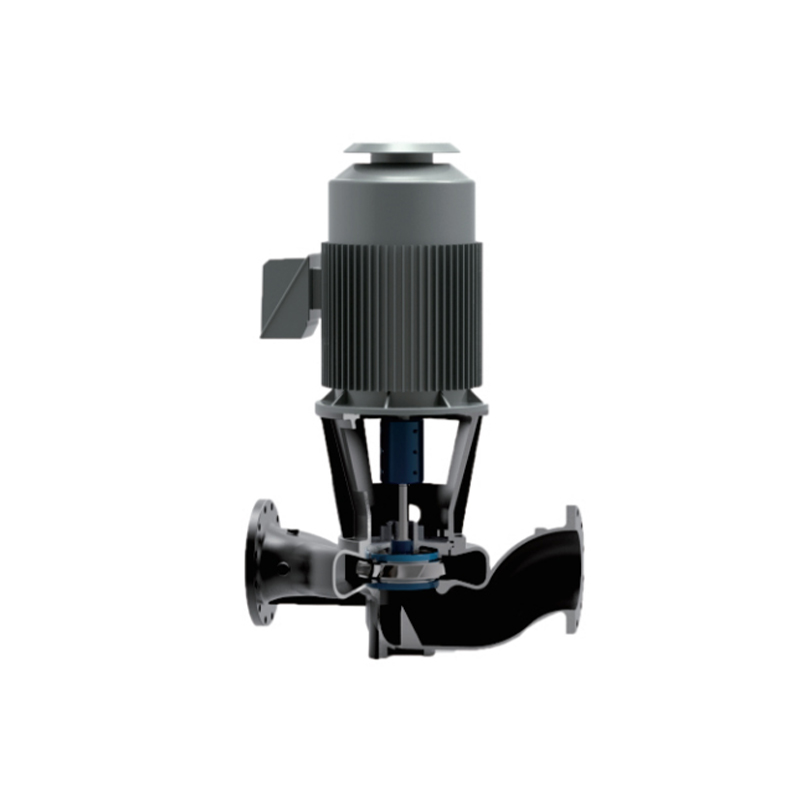

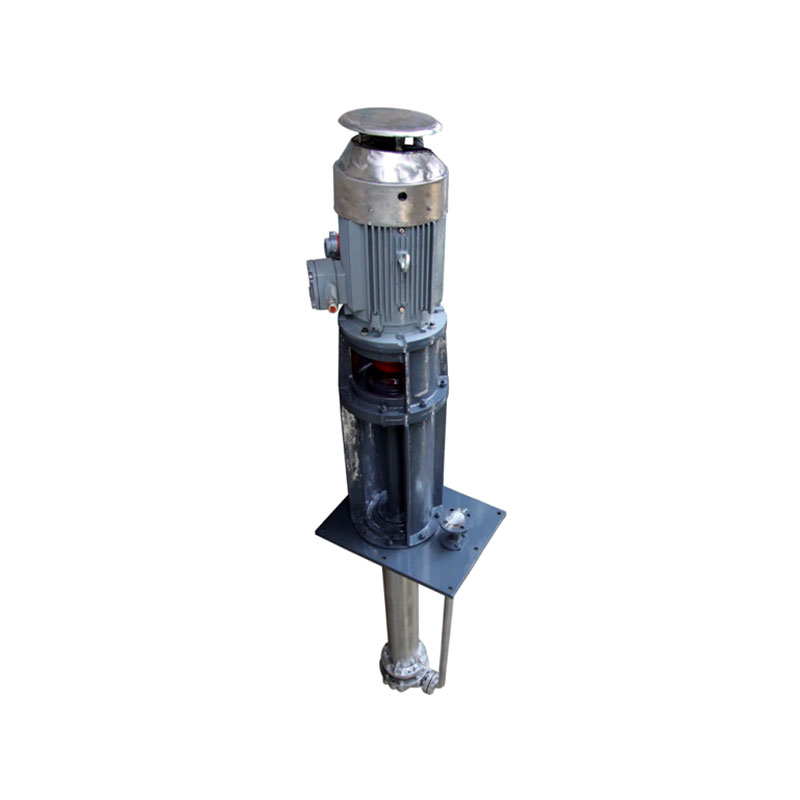
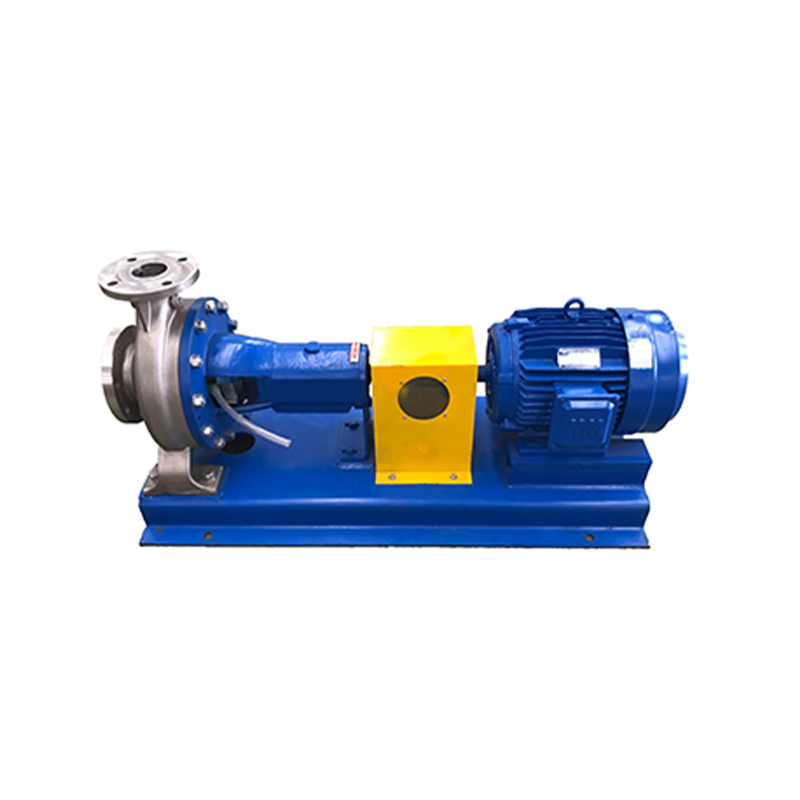

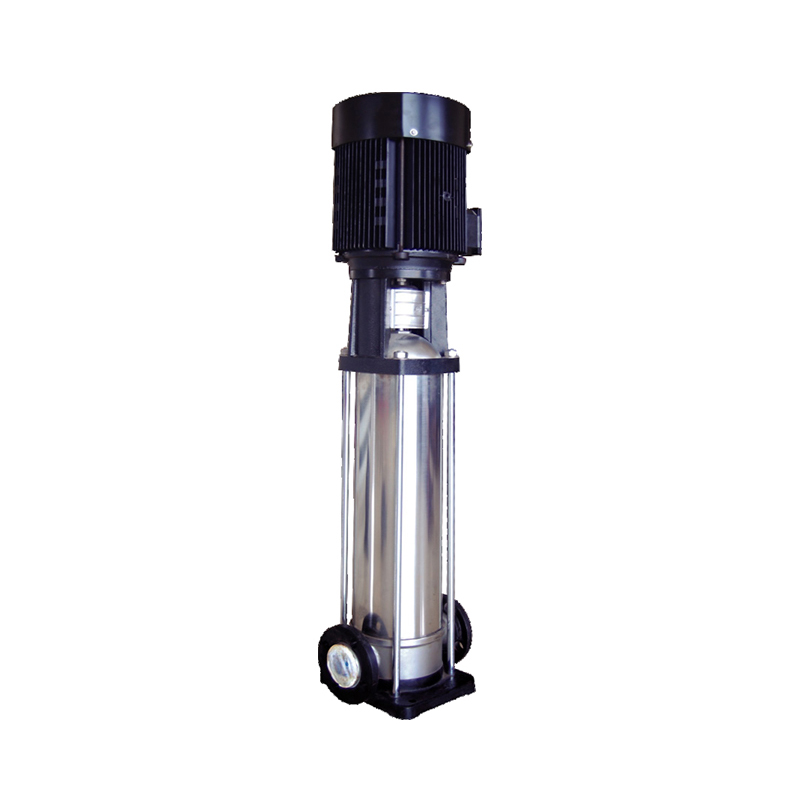






 ENG
ENG

 TOP
TOP